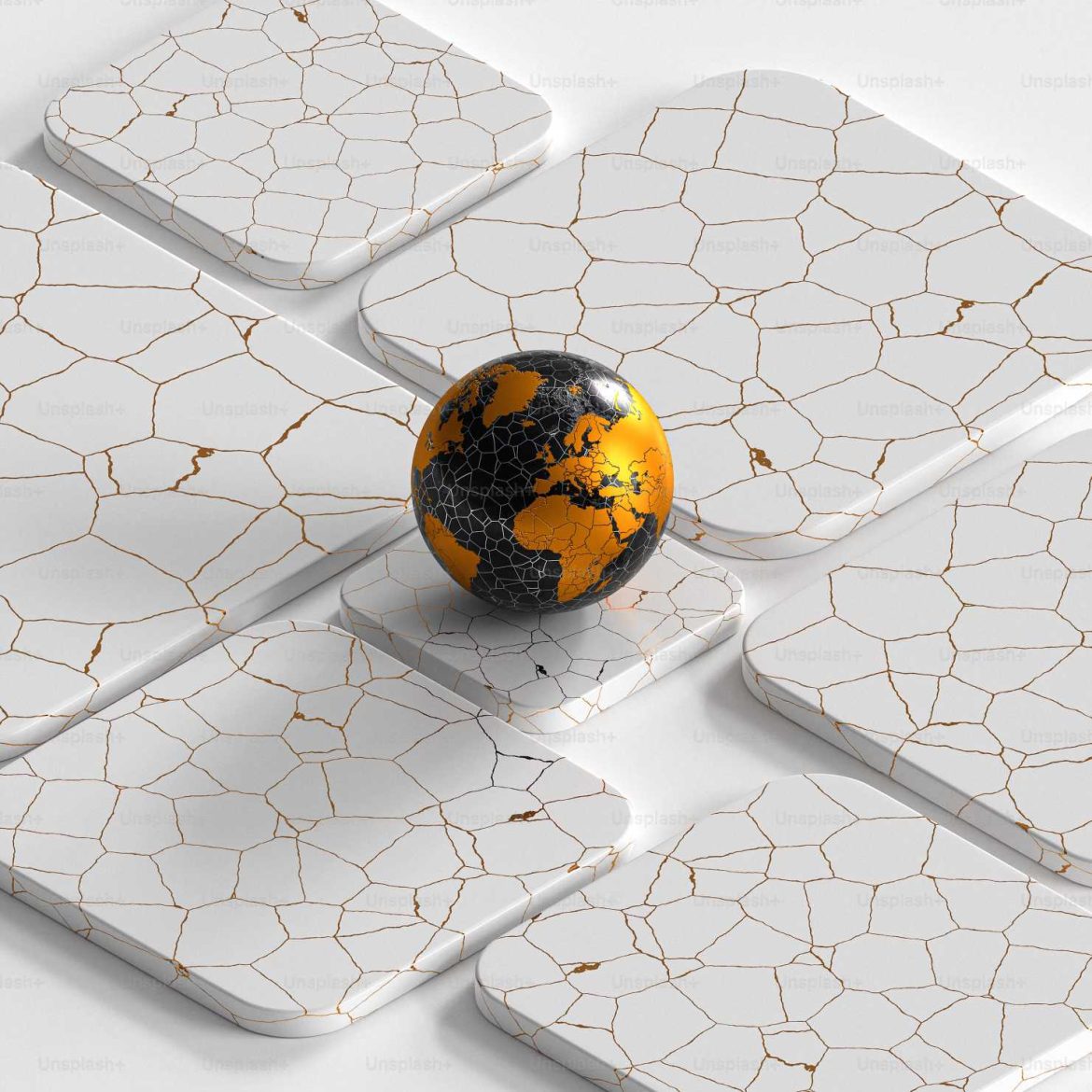When it comes to choosing cladding materials for buildings, there are a plethora of options available in the market. From traditional materials like wood and brick to more modern options like metal and composite materials, each choice comes with its own set of benefits and drawbacks. However, one important factor that is often overlooked is the environmental impact of these materials.
Professional cladding services play a crucial role in guiding clients towards choosing materials that not only enhance the aesthetic appeal of the building but also minimize its environmental footprint. Let’s take a closer look at the environmental impact of some common cladding materials.
Wood is a popular choice for cladding due to its natural beauty and warmth. However, the use of wood from unsustainable sources can contribute to deforestation and habitat destruction. To mitigate these impacts, it is important to choose certified sustainable wood from responsibly managed forests. Additionally, the energy-intensive process of treating and maintaining wood for cladding also adds to its environmental footprint.
Brick is another common cladding material that is known for its durability and fire resistance. However, the production of bricks involves the use of clay, which is a non-renewable resource. The energy-intensive firing process also contributes to high carbon emissions. Alternative options like recycled or reclaimed bricks can help reduce the environmental impact of brick cladding.
Metal cladding materials like aluminum and steel are lightweight, durable, and easy to maintain. However, the production of these materials involves significant energy consumption and carbon emissions. Additionally, metal cladding can be prone to corrosion and requires regular maintenance. Opting for recycled metal or using metal cladding systems that are designed for easy disassembly and recycling can help minimize the environmental impact.
Composite materials like fiber cement and PVC are gaining popularity as cladding options due to their versatility and low maintenance requirements. However, the production of these materials can release hazardous chemicals into the environment. It is essential to choose composite materials that are free from harmful additives and can be recycled at the end of their lifespan.
Professional cladding services can help clients make informed decisions about choosing materials that align with their sustainability goals. By considering the environmental impact of different cladding materials, we can create buildings that not only look good but also contribute to a healthier planet. It is important to prioritize sustainable and eco-friendly options to minimize the negative effects of construction on the environment.

